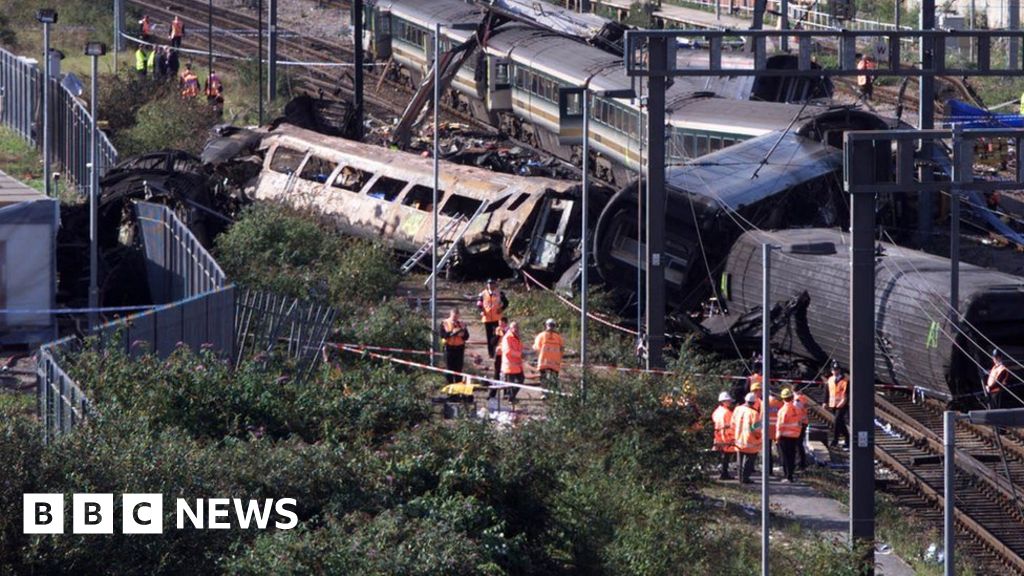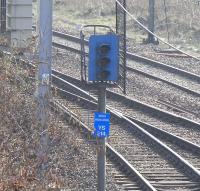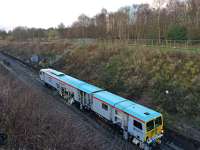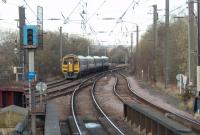Paddington rail disaster: Survivor fears safety 'could be slipping' [BBC News]
Date: 05/10/2019
A Paddington rail disaster survivor has said he fears safety standards may be slipping 20 years after the crash. Thirty-one people died when two trains collided almost head-on after a driver missed a red signal on 5 October 1999. In 2018-19, 304 trains passed through red signals, a 10-year high, according to official data for England, Wales and Scotland.
External links
Paddington crash survivor fears safety 'slipping'
BBC News
Thirty-one people died when two trains collided after a driver missed a red signal on 5 October 1999.
Related images
One signal which no driver wishes to see lit: the SPAD indicator YS214 at Bellgrove Junction, installed in the aftermath of the fatal crash in 1989 [see image 20555]. If activated it would show three flashing red aspects. The surround is blue rather than black. Photographed on 26 March 2011.
Location: Bellgrove Junction
Company: City of Glasgow Union Railway
26/03/2011 David Panton
Location: Bellgrove Junction
Company: City of Glasgow Union Railway
26/03/2011 David Panton
SB Rail ballast tamping machine inches up the down line and 'commits a SPAD' in the line of duty.
Location: Cowlairs Incline
Company: Edinburgh and Glasgow Railway
06/04/2016 Martin MacGuire
Location: Cowlairs Incline
Company: Edinburgh and Glasgow Railway
06/04/2016 Martin MacGuire
2x158s on a Settle and Carlisle service pull away from the last intermediate stop at Shipley and head for Leeds. This view taken from the Bradford branch platforms at the station with the SPAD indicator prominent in the foreground. The junction for Ilkley lies just beyond the train.
Location: Shipley
Company: Skipton Branch (Leeds and Bradford Railway)
24/03/2014 Mark Bartlett
Location: Shipley
Company: Skipton Branch (Leeds and Bradford Railway)
24/03/2014 Mark Bartlett





